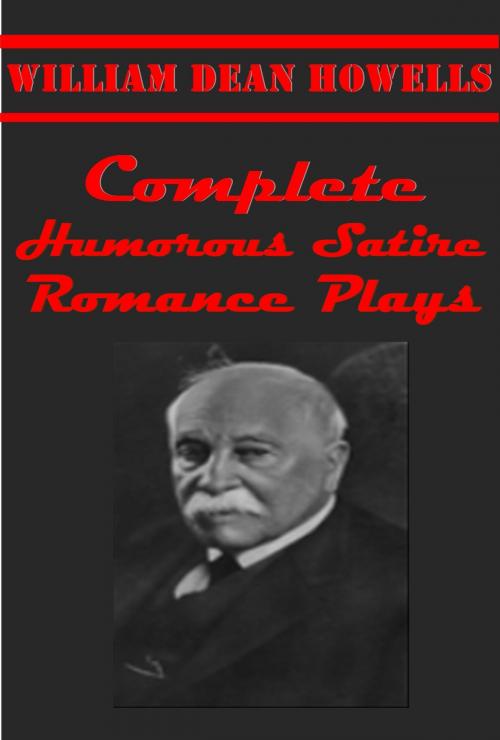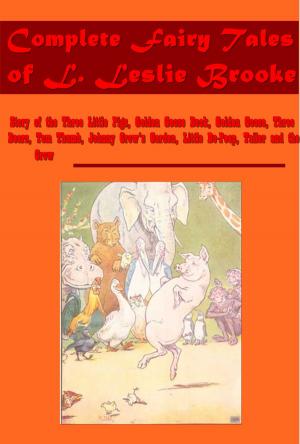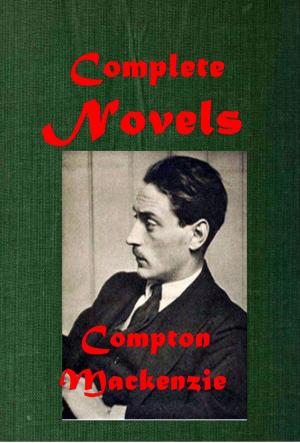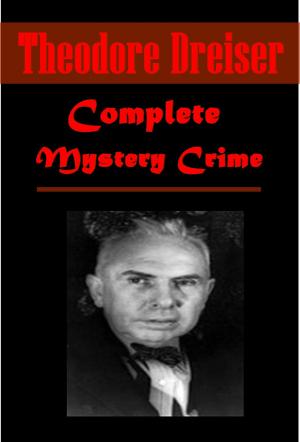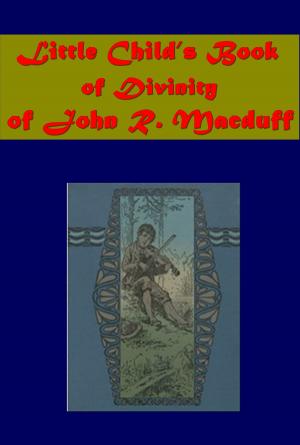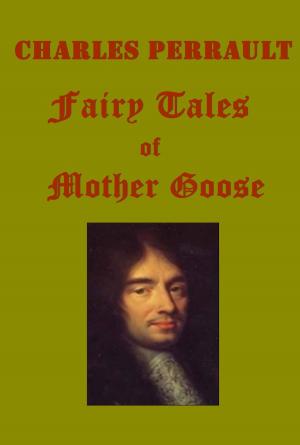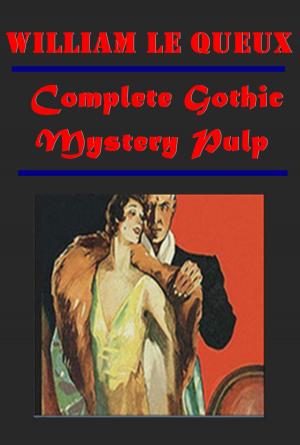Complete Humorous Satire Romance Plays
Nonfiction, Entertainment, Drama, American, Fiction & Literature, Humorous, Romance, Contemporary| Author: | William Dean Howells | ISBN: | 1230000272762 |
| Publisher: | AEB Publishing | Publication: | October 7, 2014 |
| Imprint: | Language: | English |
| Author: | William Dean Howells |
| ISBN: | 1230000272762 |
| Publisher: | AEB Publishing |
| Publication: | October 7, 2014 |
| Imprint: | |
| Language: | English |
An American realist author and literary critic. He was particularly known for his tenure as editor of the Atlantic Monthly as well as his own prolific writings, including the Christmas story "Christmas Every Day" and the novel The Rise of Silas Lapham. cludes an active table of contents for easy navigation.
Contents
Their Wedding Journey (1871)
A Hazard of New Fortunes, Complete (1890)
Their Silver Wedding Journey (1899)
Italian Journeys (1895)
The Rise of Silas Lapham (1885)
Indian Summer (1885)
A Modern Instance (1882)
A Chance Acquaintance (1873)
Christmas Every Day and Other Stories Told for Children (1892)
Criticism and Fiction (1891)
A Foregone Conclusion (1875)
Literature and Life (1897)
Roman Holidays and Others (1908)
Seven English Cities (1909)
Venetian Life (1872)
The Minister's Charge (1887)
The Quality of Mercy (1892)
The Parlor Car (1911)
Literary Friends and Acquaintances (1910)
Through the Eye of the Needle (1907)
April Hopes (1887)
Buying a Horse (1879)
Boy Life (1909)
Stories Of Ohio (1897)
An Open-Eyed Conspiracy (1897)
A Hazard of New Fortunes (1890)
The book, which takes place in late 19th Century New York, tells the story of the dispute between a self-made millionaire and a social revolutionary, with a third man attempting to act as mediator.
The Rise of Silas Lapham (1885)
Silas Lapham goes from rags to riches, and his ensuing moral susceptibility is the center of this tale. Silas earns a fortune in the paint business, but lacks social standards, a failure which he attempts to remedy through his daughter's marriage to the scion of the aristocratic Corey family.
Indian Summer (1885)
An exquisite interlude, narrating the loves of Theodore Colville, an American man just turned forty, voluntarily exiled in Italy, and Lina Bowen, who was once best friend to the woman who was the focus of Colville's last, failed romance. Add beautiful, 20-year-old Imogene Graham to their small group and you have a winning romantic comedy.
Literature and Life (1897)
Perhaps the reader may not feel in these papers that inner solidarity which the writer is conscious of; and it is in this doubt that the writer wishes to offer a word of explanation. He owns, as he must, that they have every appearance of a group of desultory sketches and essays, without palpable relation to one another, or superficial allegiance to any central motive. Yet he ventures to hope that the reader who makes his way through them will be aware, in the retrospect, of something like this relation and this allegiance.
Indian Summer (1885)
An exquisite interlude, narrating the loves of Theodore Colville, an American man just turned forty, voluntarily exiled in Italy, and Lina Bowen, who was once best friend to the woman who was the focus of Colville's last, failed romance. Add beautiful, 20-year-old Imogene Graham to their small group and you have a winning romantic comedy.
The Quality of Mercy (1892)
"The exoneration fo the individual and the attribution of his misdeeds to the social order, an order which individual effort seems powerless to better, is the underlying purpose of The Quality of Mercy."
Buying a Horse (1879)
If one has money enough, there seems no reason why one should not go and buy such a horse as he wants. This is the commonly accepted theory, on which the whole commerce in horses is founded, and on which my friend proceeded.
An Open-Eyed Conspiracy (1897)
It is a far cry from Mr. W. D. Howells's early book to his later ones, and admirers of that author ought to leave An Open-Eyed Conspiracy severely alone if they wish to preserve any still lingering taste for his stories. The scene of this colorless work is laid in Saratoga, but it might as well have been laid in a railroad station for all the dreary waste spread before the reader. As we write this we remember what a wonderful scene Tolstoi makes in a railway station when we first meet Anna Karenina, and we feel in an instant the difference between the man of imagination and the man whose mind dwells on commonplace and sordid images. There is little or no plot to Mr. Howells's story, and the character drawing is weak and purposeless.
An American realist author and literary critic. He was particularly known for his tenure as editor of the Atlantic Monthly as well as his own prolific writings, including the Christmas story "Christmas Every Day" and the novel The Rise of Silas Lapham. cludes an active table of contents for easy navigation.
Contents
Their Wedding Journey (1871)
A Hazard of New Fortunes, Complete (1890)
Their Silver Wedding Journey (1899)
Italian Journeys (1895)
The Rise of Silas Lapham (1885)
Indian Summer (1885)
A Modern Instance (1882)
A Chance Acquaintance (1873)
Christmas Every Day and Other Stories Told for Children (1892)
Criticism and Fiction (1891)
A Foregone Conclusion (1875)
Literature and Life (1897)
Roman Holidays and Others (1908)
Seven English Cities (1909)
Venetian Life (1872)
The Minister's Charge (1887)
The Quality of Mercy (1892)
The Parlor Car (1911)
Literary Friends and Acquaintances (1910)
Through the Eye of the Needle (1907)
April Hopes (1887)
Buying a Horse (1879)
Boy Life (1909)
Stories Of Ohio (1897)
An Open-Eyed Conspiracy (1897)
A Hazard of New Fortunes (1890)
The book, which takes place in late 19th Century New York, tells the story of the dispute between a self-made millionaire and a social revolutionary, with a third man attempting to act as mediator.
The Rise of Silas Lapham (1885)
Silas Lapham goes from rags to riches, and his ensuing moral susceptibility is the center of this tale. Silas earns a fortune in the paint business, but lacks social standards, a failure which he attempts to remedy through his daughter's marriage to the scion of the aristocratic Corey family.
Indian Summer (1885)
An exquisite interlude, narrating the loves of Theodore Colville, an American man just turned forty, voluntarily exiled in Italy, and Lina Bowen, who was once best friend to the woman who was the focus of Colville's last, failed romance. Add beautiful, 20-year-old Imogene Graham to their small group and you have a winning romantic comedy.
Literature and Life (1897)
Perhaps the reader may not feel in these papers that inner solidarity which the writer is conscious of; and it is in this doubt that the writer wishes to offer a word of explanation. He owns, as he must, that they have every appearance of a group of desultory sketches and essays, without palpable relation to one another, or superficial allegiance to any central motive. Yet he ventures to hope that the reader who makes his way through them will be aware, in the retrospect, of something like this relation and this allegiance.
Indian Summer (1885)
An exquisite interlude, narrating the loves of Theodore Colville, an American man just turned forty, voluntarily exiled in Italy, and Lina Bowen, who was once best friend to the woman who was the focus of Colville's last, failed romance. Add beautiful, 20-year-old Imogene Graham to their small group and you have a winning romantic comedy.
The Quality of Mercy (1892)
"The exoneration fo the individual and the attribution of his misdeeds to the social order, an order which individual effort seems powerless to better, is the underlying purpose of The Quality of Mercy."
Buying a Horse (1879)
If one has money enough, there seems no reason why one should not go and buy such a horse as he wants. This is the commonly accepted theory, on which the whole commerce in horses is founded, and on which my friend proceeded.
An Open-Eyed Conspiracy (1897)
It is a far cry from Mr. W. D. Howells's early book to his later ones, and admirers of that author ought to leave An Open-Eyed Conspiracy severely alone if they wish to preserve any still lingering taste for his stories. The scene of this colorless work is laid in Saratoga, but it might as well have been laid in a railroad station for all the dreary waste spread before the reader. As we write this we remember what a wonderful scene Tolstoi makes in a railway station when we first meet Anna Karenina, and we feel in an instant the difference between the man of imagination and the man whose mind dwells on commonplace and sordid images. There is little or no plot to Mr. Howells's story, and the character drawing is weak and purposeless.
